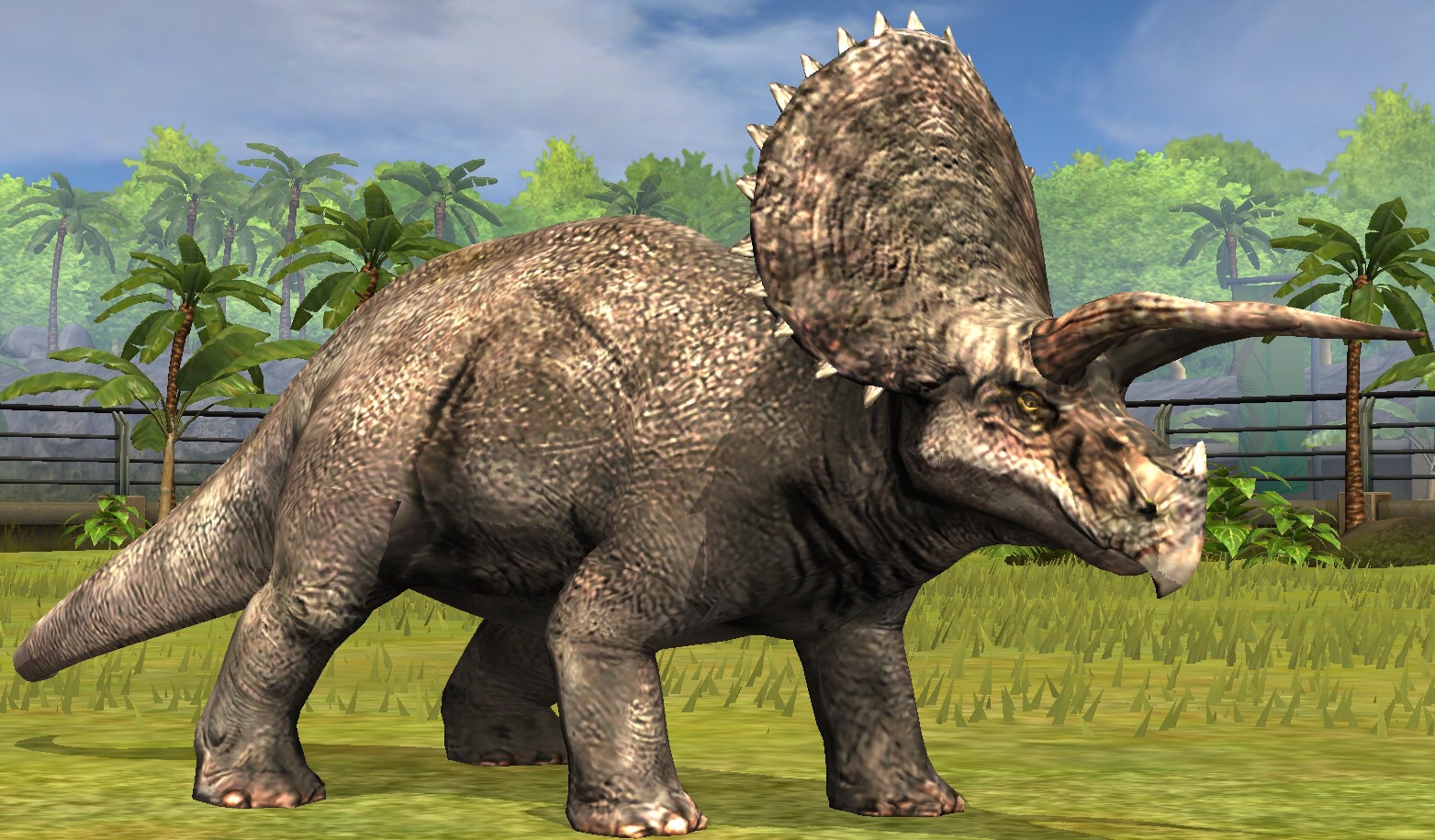

'I think there is a place for commercial dealers and private collectors,' Paul says, 'but there is a big debate over what that actually is. Scientific bodies like the Society for Vertebrate Palaeontologists tend to take up the middle ground, allowing for a commercial trade in specimens provided that they should be put into the care of public institutions.

'The pushback to that, and I'm in that camp, is that if they make a mistake when studying these specimens then it can lead to problems that could mislead scientists forever.' On the other hand, some scientists argue that it's a duty to research a fossil and put out information on it to add to the overall body of science. 'Some scientists think that a privately owned fossil should never be studied or bought, as if the specimen later disappears then any findings based on it can't be verified. 'There are a lot of differing opinions within the profession,' Paul says.

Museums also face questions over whether to display private specimens that can bring in much needed revenue. While there is the potential to gain important scientific information, research increases the value of a specimen so it can later be sold for a higher price. If you don't have the original specimen, you lose the potential for future research.'ĭebate also rages over whether scientists should engage with collectors and private owners at all. There are a sophisticated range of geochemical techniques now that weren't available 15 years ago. In my career, we've gone from having CT scans as something that only happens on broken legs to something that is routinely done on fossils. 'In some cases that could work, but you lose the futureproofing ability.

'On a dig, you could image the entire site, CT and 3D scan the specimen and take a few samples for other tests. 'As technology has got better, some scientists argue that the actual specimen is less important now,' Paul explains. While casts of high-quality specimens are often available, there are drawbacks. The rest are only known from a handful of bones and teeth, which makes it much more difficult to find out how they lived. However, only around one in five dinosaur species are known from a mostly complete specimen. Dinosaurs bones can tell us a lot about ancient species and the more complete they are, the more scientists can learn.


 0 kommentar(er)
0 kommentar(er)
